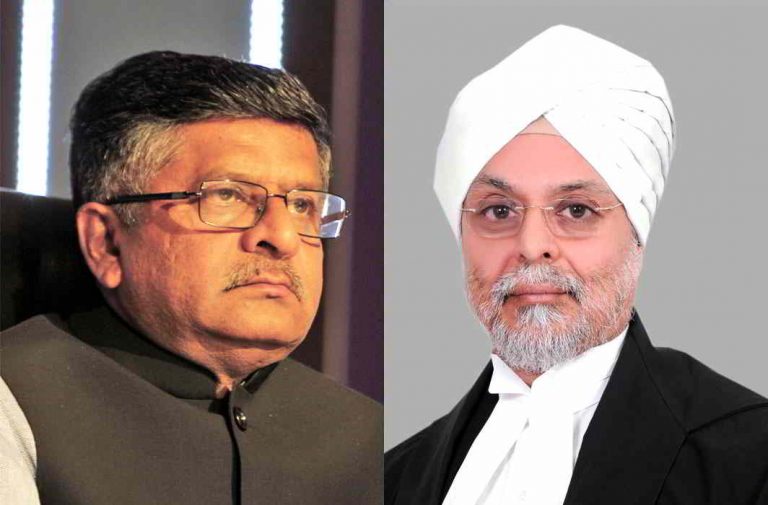
Tussle resumes even as top four high courts now have women chief justices
The government used the first opportunity it got to hit back at the judiciary, giving another twist to the on-going judges’ appointment spat between the two critical democratic pillars of the country.
It was an unstarred question raised in the Lok Sabha on Wednesday (April 5), related to the reservation for women in the judiciary, by Butta Renuka, the YSR Congress MP from Kurnool, Andhra Pradesh. The question was directed towards the Minister of Law and Justice.
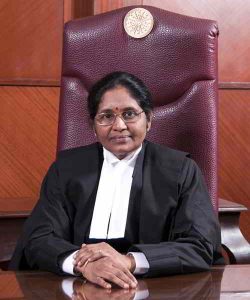
The questions were pointed and referred to the number of women judges within the judiciary. Ironically, it also came in the week when it was suddenly found that the top four high courts of the country—Calcutta, Bombay, Madras and Delhi— were women. That did not happen by design, though. With the appointment of Justice Indira Banerjee as the Chief Justice of the Madras High Court, it so happened that at the same time Justice G Rohini was the Chief Justice of the Delhi High Court, Justice Manjula Chellur was the Chief Justice of the Bombay High Court, and Justice Nishita Nirmal Mhatre, the Acting Chief Justice of the Calcutta High Court.
The questions were as follows:
Will the Minister of Law and Justice be pleased to state:
(a) The total number of women judges working in different High Courts;
(b) The percentage of women judges in the judiciary;
(c) Whether the government is taking any steps to increase the number of women judges in various high courts and if so, the details thereof; and
(d) Whether there is any proposal to provide reservation for women in the appointment of high court judges and in lower judiciary.
The answers provided by PP Chaudhary, Minister of State for Law and Justice and Electronics and Information Technology were as follows:
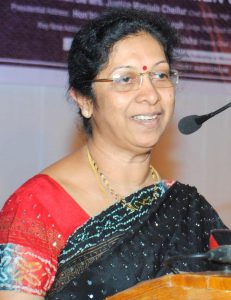
Answers to questions (a) to (d) provided a sad insight into the gender inequality of the bench. The minister stated: “There are 69 women judges working in different high courts as on 29.3.2017, which in percentage terms is 10.86 of working strength. Appointment of judges of the Supreme Court and high courts is made under Articles 124 and 217 of the Constitution of India, respectively. These Articles do not provide for reservation for any caste or class of persons. There is no proposal to provide reservation for women in the appointment of high court judges.
That meant that while four of the chief justices of the top courts of the country are at this point women, the overall representation of women within the judiciary is pretty low. This applies to the Supreme Court as well. Especially within the apex court, one can say. With the promotion of five chief justices of different high courts to the apex court, the apex court strength is now 28, while its sanctioned strength is 31. And the only lady judge is Justice R Banumathi.
Justices Rohini and Chellur were being talked about for promotion to the apex court, but they could not be accommodated in this last set of elevations on February 17.
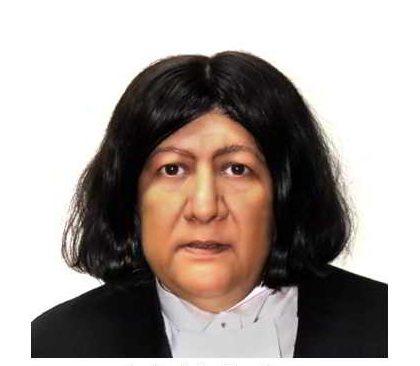
Amid this, the Bombay High Court fares pretty well, with 12 women judges, and Delhi has 11. There is another problematic point in this: eight high courts are bereft of women judges.
As far as the Supreme Court goes, it has had only six women judges since Independence. The first lady on the Supreme Court bench was in 1989 when Justice Fathima Beevi was appointed to the apex court.
This is where the minister’s charge came in his reply. He said: “The government has, however, been requesting the chief justices of the high courts that while sending proposals for appointment of judges, due consideration be given to suitable candidates belonging to scheduled castes, scheduled tribes, other backward classes, minorities and women.
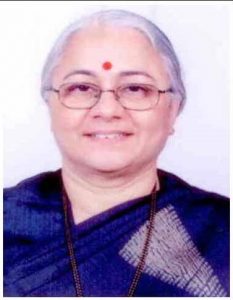
“The appointment of Judges in the Lower Judiciary is in the domain of State Governments,” said the minister.
Which means that the government indirectly holds the judiciary responsible for the low women representation on the bench.
It has to be seen how the judiciary reacts to this.
Recently, the Supreme Court Collegium handed over the finalised Memorandum of Procedure (MoP) for appointment of judges to the government. In doing that, though, it inserted a critical clause that brought the tussle back into the room.
While agreeing to the government’s proposal for a national security clause in the MoP, the Collegium did not give up its right to insist on a name that may have been rejected by the government.
This was one way for the Collegium to reiterate its independence.
This government reply was a quick poke at the decision and it was evident that the fight was far from over.
—By India legal Bureau

